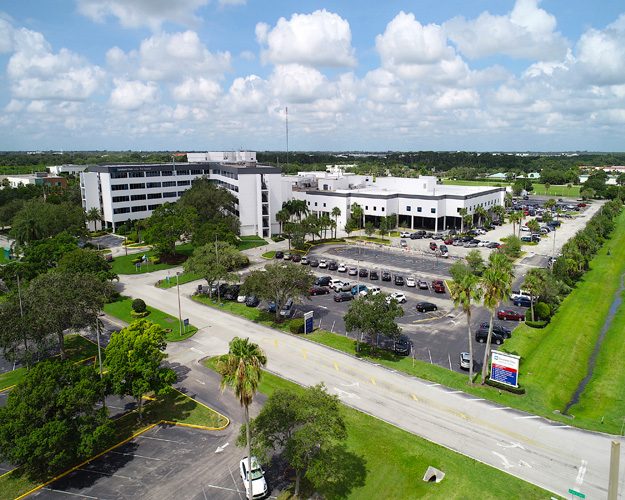New COVID-19 infections here were down 25 percent this past week, decreasing from 98 cases to 73 cases, according to the Florida Department of Health. But Covid hospitalizations here doubled.
“We have 12 COVID-positive patients in-house, one of which is in intensive care,” said Cleveland Clinic spokesperson Erin Miller on Monday.
Florida remains among the top five states for the number of total daily cases, and for greatest number of daily cases in relation to population.
But statewide, in terms of hospitalizations per capita for Covid illness, Florida ranks pretty well with a declining statistic of seven hospitalizations per 100,000 residents.
The worst state for hospitalizations this week is Delaware with 21 hospitalizations per 100,000 residents, followed by Maine, Washington, D.C. and North Carolina with 15 people hospitalized per 100,000 residents.
So far, the predicted “tripledemic” of Covid, Influenza and Respiratory Syncytial Virus has not materialized this winter. Influenza outbreaks across Florida have been declining, and the number of flu cases statewide is rated as low this week.
Some areas of the country are still battling high levels of influenza, however, including California, New Mexico, New York and Washington, D.C.
Though Indian River County remains in the “green zone” in terms of the impact of Covid illness on the community, statewide 51 out of Florida’s 67 counties are, to some degree, worse off.
A pocket of 10 counties in rural North Florida remains in the Centers for Disease Control and Prevention’s High Covid Community Level category, and another pocket of counties on the west coast of Florida spanning from the Tampa-St. Petersburg area to Lakeland and Winter Haven is in the Medium Covid Community Level category.
Next week marks three years since the federal “Fifteen Days to Slow the Spread” initiative was announced, and Indian River County saw the closing of bars, nightclubs and gyms.
Masks were not recommended for the average person at first – not because they weren’t effective, but because of the dire shortage of personal protective equipment for doctors, nurses and other medical personnel.
Later on, public health officials at every level of government recommended masks for nearly everyone. Masks were required for entry into many buildings, on public transportation and for kids to return to school, creating much controversy among those opposed to masks.
Today, it’s rare to see anyone locally practicing social distancing, or wearing a face mask, except in a medical facility that requires donning a mask upon entry.
One of the last places to require masks, Hong Kong ended its indoor and outdoor mask mandates on March 1.
As island residents plan their spring and summer travel, Covid hot spots around the world in terms of daily cases per capita include Australia, France, Portugal, Iceland, Greece, Germany, Austria and South Korea.

